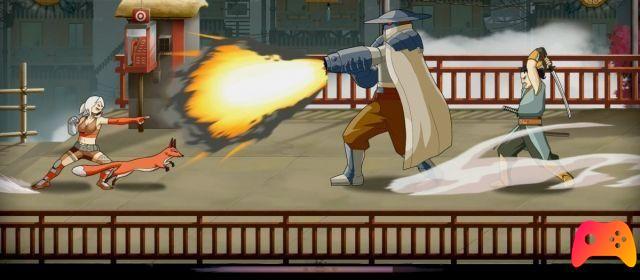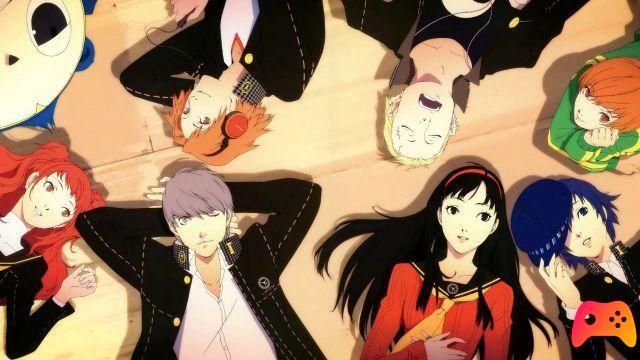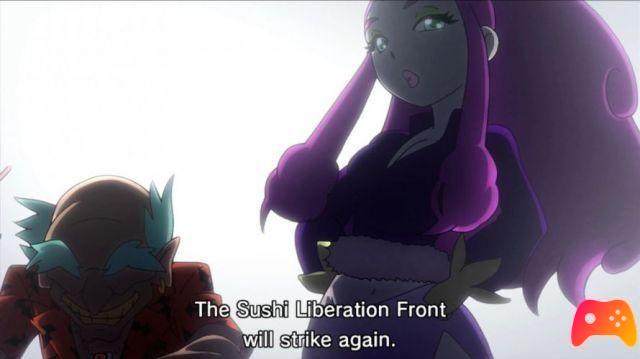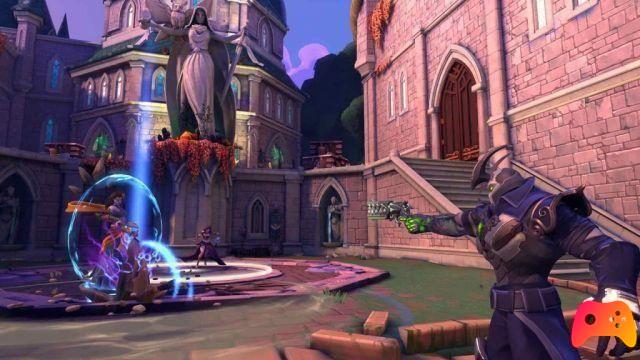
Review for Samurai Riot. Game for Steam, the video game was released on 13/08/2017
The 90s of the last century, also thanks to the increase in computing power brought by 16-bit platforms, saw the emergence of a genre known as beat'em up, or more simply scrolling beat 'em up. Characterized by a plot reduced to a minimum, often little more than the classic rescue of the maid of the moment, this videogame genre has had on its side a large group of excellent titles such as the various sagas of Golden Ax, Street Of Rage, Final Fight, the timeless Knights Of The Round, Cadillacs And Dinosaurs and many more.
Always enjoyable and aged very well thanks to a high playability and the possibility of collaborating with another player, which in the 90s was still a pleasant novelty, the beat'em ups are still taken up today by the developers with excellent results, such as Dungeons And Dragons: Chronicles Of Mystara from 2013, itself a remake of the excellent Tower Of Doom (1993) and Shadow Over Mystara (1996).
Today the developers of Wako Factory with this Samurai Riot, released on September 13 on Steam, a title that is definitely inspired by the mechanics and atmospheres of the glorious fighting games of the 16-bit golden age.
From Japan with fury
Samurai Riot takes place in classic feudal Japan, in a land made chaotic by the clash between the brave rebels on one side, and the samurai loyal to the daymio, the feudal master, on the other. Driven by different motivations, the protagonists of our adventure, the samurai Tsurumaru and the ninja Sukane, will have to make choices that will lead them to join the rebel revolt or remain faithful to the ruler, while trying to survive hordes of opponents that include all the samples of feudal and mythological Japan, including sumo wrestlers, ninja, samurai, rebels and legendary creatures.
The gameplay of Samurai Riot, as we said, is definitely inspired by the typical mechanics of the scrolling fighting game of the old school, but also adds some content to meet the needs of modern players.
At the beginning of our adventure we are asked to choose between four levels of difficulty and between only two characters: the samurai Tsurumaru, war adviser to the Grandmaster, strong and skilled in the use of the katana, and the ninja Sukane, secret agent who instead prefers to rely on speed and a kusarigama, a lethal chain with a small scythe at the end.
While the former, thanks to its size, is able to parry the blows of opponents and has some explosive grenades, the latter prefers to use dodging and can rely on the fox Azu, able to block enemies for a few seconds.
Right from the start we will have various martial arts schools available to modify the various parameters of agility, strength, health and fury, choosing one of the four skills that can give us some particular powers, from the power of the frog, which allows us to obtain a double jump, to the school of the phoenix, able to give us an extra life. Skills can be increased in number as we collect credits from defeated enemies, or by respecting some predefined parameters.
There is also the possibility, even this recovery from the glorious fighting game of the 90s, of being able to play in two, limited, however, to local cooperation only, lacking in fact any online support. A fairly heavy and rather unjustified lack in a videogame environment, the current one, now characterized by a strong presence of the various online modes.
The slightly woody controls are limited to a few buttons to attack, dodge (or parry, in Tsurumari's case) and launch special attacks. Meeting certain style requirements will fill a special bar that will allow us to carry out short and lethal combos, while in cooperative mode we will have the possibility to carry out a kind of powerful combined attack. However, there is no initial tutorial able to explain the control system, forcing us to often pause the game in order to read the list of available moves directly in the options.
At the end of each scenario, after defeating the boss on duty, we will be given the opportunity to choose whether to side with the rebels or face them and, in the case of different choices in cooperative mode, we will have to face a PvP against our partner. These choices are not marginal, but will modify the main story until you get to one of the eight available endings. A mechanism that, together with the various combinations of martial arts skills and schools, adds a certain replayability to the title.
Despite an apparent initial complexity, the title of Wako Factory soon expires in a certain repetitiveness, caused by minimal differences in the fighting style of the various characters, including the enemies who, except for some who use firearms, follow attack patterns more or less identical for the duration of the adventure. We will soon realize that, to continue, it will be enough to move until the opponents are gathered in a small area, to then bomb them with grenades or face them quietly in a row one by one.
Finally, there is also the possibility of saving in dedicated slots: the title saves at regular intervals, or when you exit the game, but the save position remains only one, forcing us to overwrite it in case we simply want to change character or introduce a second player.
90s in cell shading
The technical sector of Samurai Riot makes extensive use of cell shading, a technique that, in the face of a relative ease of realization, allows to obtain always pleasant results. Artistically, the title of Wako Factory remains valid, with well-designed backgrounds (even if inexplicably static) and characters that recreate an air of an animated comic. But everything is weighed down by often scarce animations, both in the game and in the intermission scenes.
From the sound point of view we find some pretty traditional Japanese music, with some more modern variations, and sound effects that are fairly accurate but not very varied and whose volume is perhaps too high compared to the soundtrack (it is however possible to adjust the various audio options).
Despite the good will, which is especially noticeable in the ability to customize the character through various schools and skills, the presence of eight endings and the possibility of placing oneself in the still current groove of the 90s fighting game, the title of Wako Factory turns out to be a opportunity wasted and unable to compete not only with fairly recent productions such as Chronicles Of Mystara, but also with the various Golden Ax and Street Of Rage which would like to be inspired by. The lack, inexplicable nowadays, of any online cooperative mode, the fairly woody controls, the limited mechanics and animations and the inconvenient save system finally make it a title that, although it will please the diehard fans of the genre , fails to convince and leaves us with a strong desire to put on any other old school beat'em up.
► Samurai Riot is a Beat 'em up-indie game developed and published by Wako Factory for Steam, the video game was released on 13/08/2017






